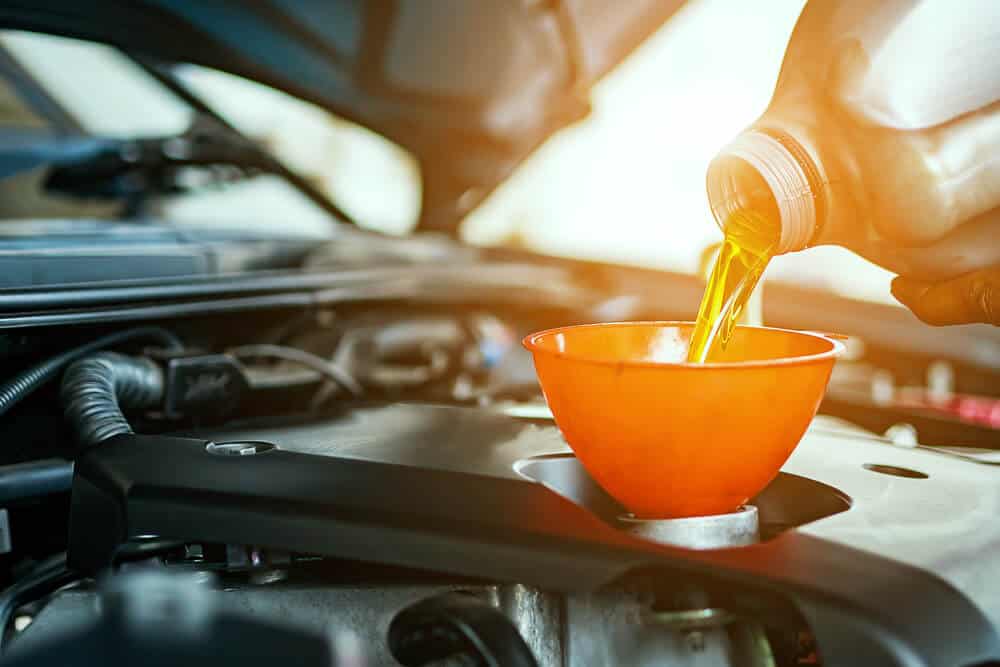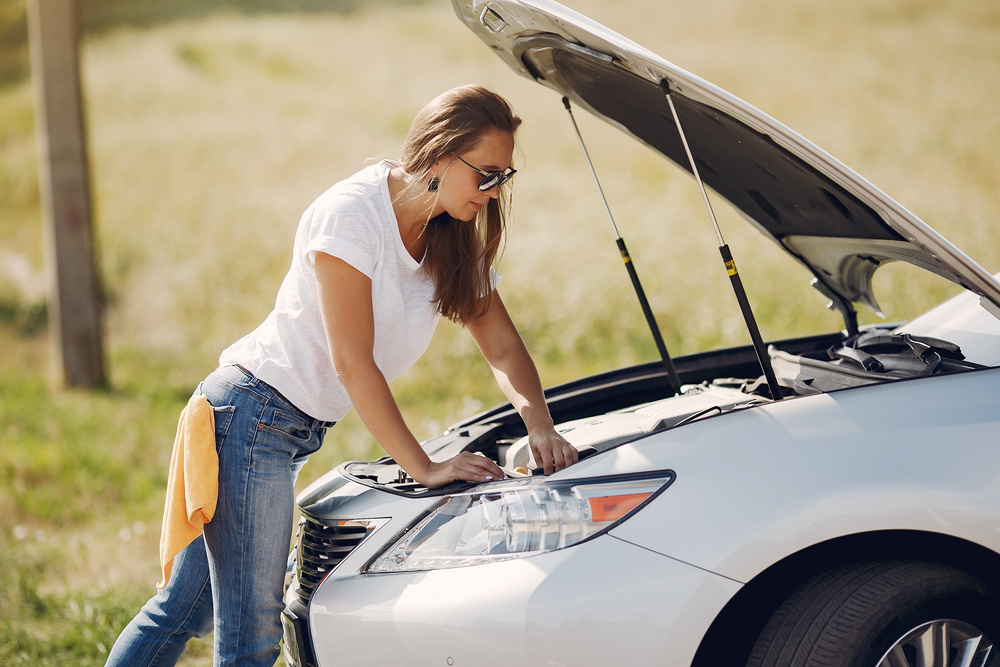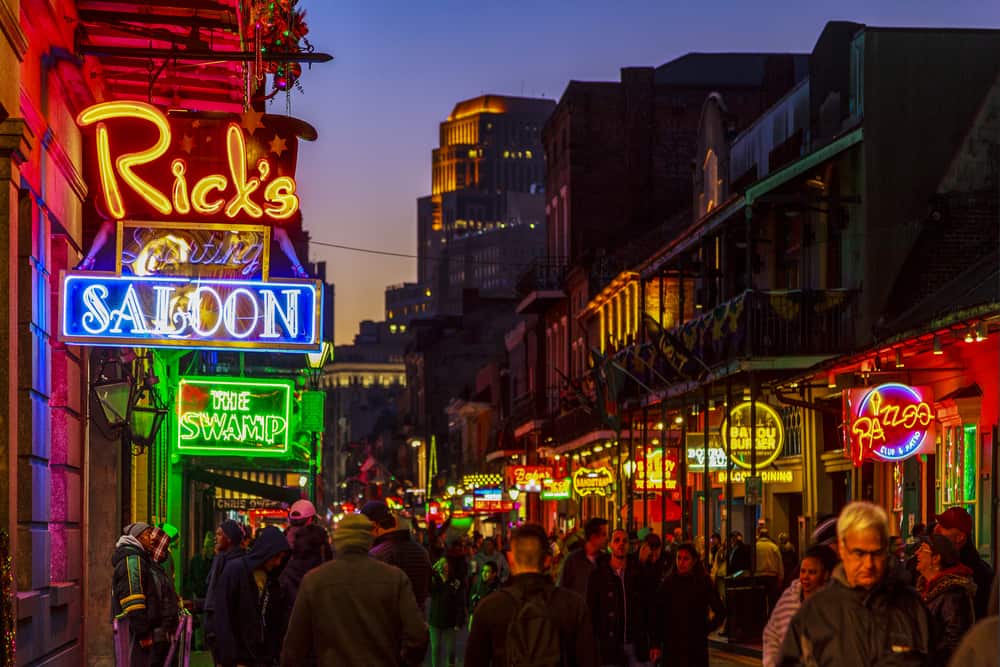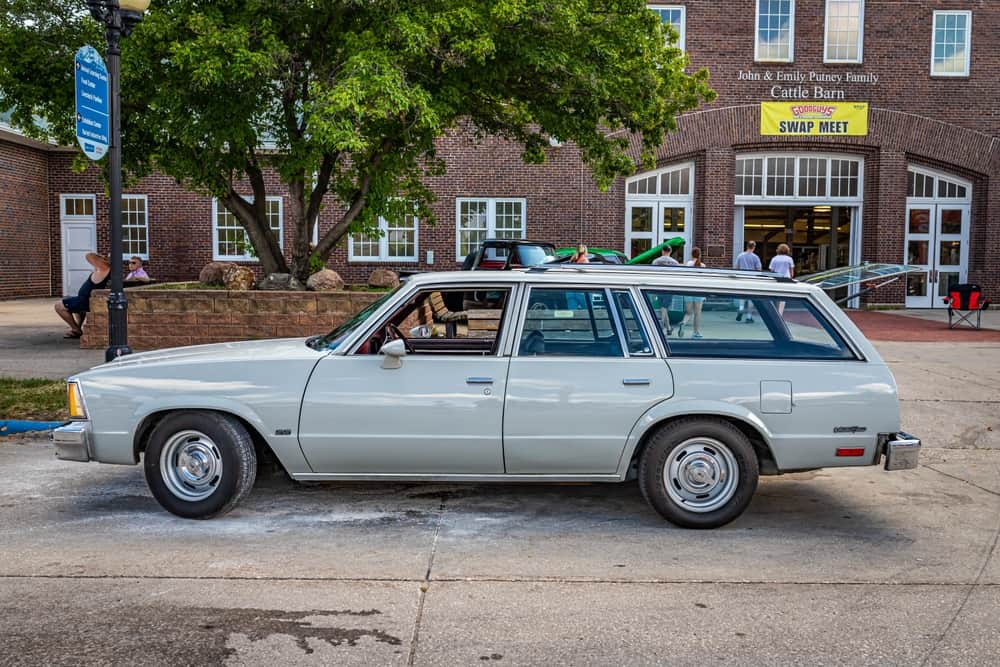Driving in Louisiana’s Severe Weather & Floods
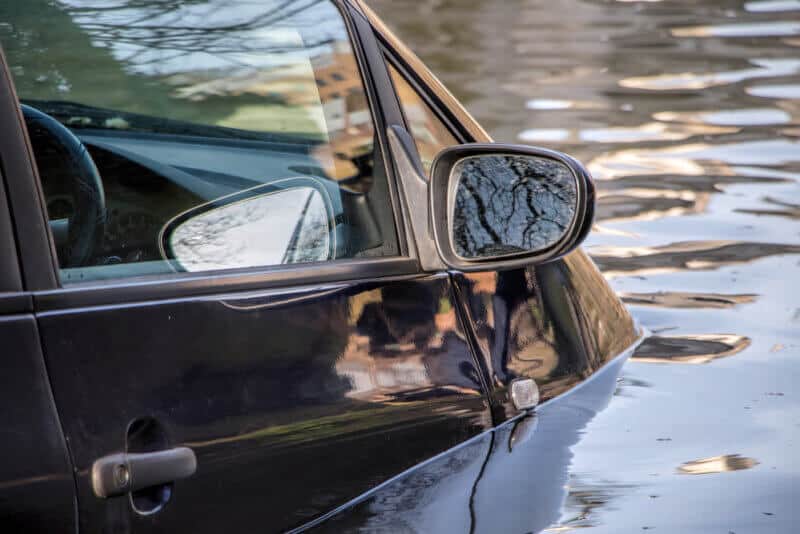
Louisiana is truly a one-of-a-kind state. Even if you are just passing through, you can feel that rich southern heritage flowing through every major city and every tiny town.
However, Louisiana gets its fair share of flooding and other extreme weather. And if you don’t know how to drive through this weather, getting around in the south be a lot less hospitable.
To protect yourself in severe weather, make sure you have the right car insurance. And make sure you understand how recent events may affect how much you pay.
Fortunately, our guide will offer you all the tips you need to drive through Louisiana in severe weather and floods safely.
Avoid Driving in During Flash Floods
It may sound obvious, but our primary tip for driving through severe weather and flooding is to avoid it altogether. Thanks to smartphone apps and weather tracking websites, it is easier than ever to check the weather conditions before you leave the house.
The National Weather Service has a motto regarding driving in floods: “turn around, don’t drown.” But if you can avoid driving in severe weather completely, you can stay safe and effectively wait out the bad weather.
Find Other Ways Home
One thing you’ll quickly notice about flooding is that some streets are affected more than others. Some streets may look like they are now completely underwater while others remain relatively “high and dry.”
If at all possible, you should avoid driving through flooded water. Try to find alternate routes to get to your destination. If you use any GPS apps, they may provide you with alternate routes that have not been affected by the weather.
Avoid Pulling Over
What happens when it’s raining very heavily and you’re driving on the road? Many people like to pull over to the side of the road and try to wait for the weather to pass.
However, you should avoid doing this when the rain is severe. And that’s because you are likely to cause an accident if you pull over!
Why? Because your original reason for wanting to pull over was because it was hard for you to see out of your windshield. But it’s equally difficult for other drivers to see where they are going. If your vehicle is parked in an unexpected area during low-visibility conditions, then you could easily get hit by another driver.
Long story short? Keep driving, but go as slow as you need to reach your destination safely.
When to Leave the Car
Disaster movies usually provide an over-the-top look at driving in severe weather. But one thing the movies are right about is that it is easier than you think to get caught in your car during a weather event.
Typically, drivers assume they will be safer inside the vehicle than out. And this is true for certain conditions such as extreme lightning (more on this later). But when it comes to floods or tornados, you need to know when to leave the car.
If you are driving on a road during a flash flood and the water is rising, you should actually get out immediately and get to some high ground. And during a tornado, you should actually get out of the car and seek out ditches or other below-ground areas where you will be safe. Contrary to what movies may have shown, you are unlikely to safely drive away from a tornado because tornadoes unexpectedly change directions.
Dry Your Brakes Afterward
While it’s best to avoid flooded roads, there are times when you have to drive through the water. If that happens, you need to take the time to dry your brakes.
Fortunately, this is something you can do on your own very easily. All you have to do is drive very slowly after you make it through the water, applying your brakes very lightly while doing so.
This process creates friction on your brakes. After a few minutes, your brakes should be nice and dry. And that should keep you from spinning out while you drive.
Take Flooded Cars to the Mechanic ASAP
So far, we have focused on avoiding floods or what to do after driving through them. But what are you supposed to do afterward if your car floods?
When this happens, it’s important to take your car to a mechanic right away. That is because starting the engine after your vehicle has been flooded can cause some major damage. And buyers must be careful if they don’t want to buy a flood-damaged vehicle.
To safely start the engine, you’re going to need to remove the plugs and injectors first. Otherwise, you can easily end up stripping the engine. Unless you know your way around your car’s inner workings, we recommend taking it to a mechanic ASAP.
Stick to the Center Lane
Picture this: you are driving over flooded waters and there is no alternate way to reach your destination. Where, exactly, do you picture yourself driving your vehicle?
Believe it or not, it is best to stick with the center lane of the road rather than the left or right side. This is because the center is likely to be a bit higher than the sides and less likely to flood over.
By driving in the center of the road, you can better ensure your car’s safety during a flood. And after you make it through a flood, be sure to conduct proper maintenance on your vehicle.
Surviving Extreme Lightning
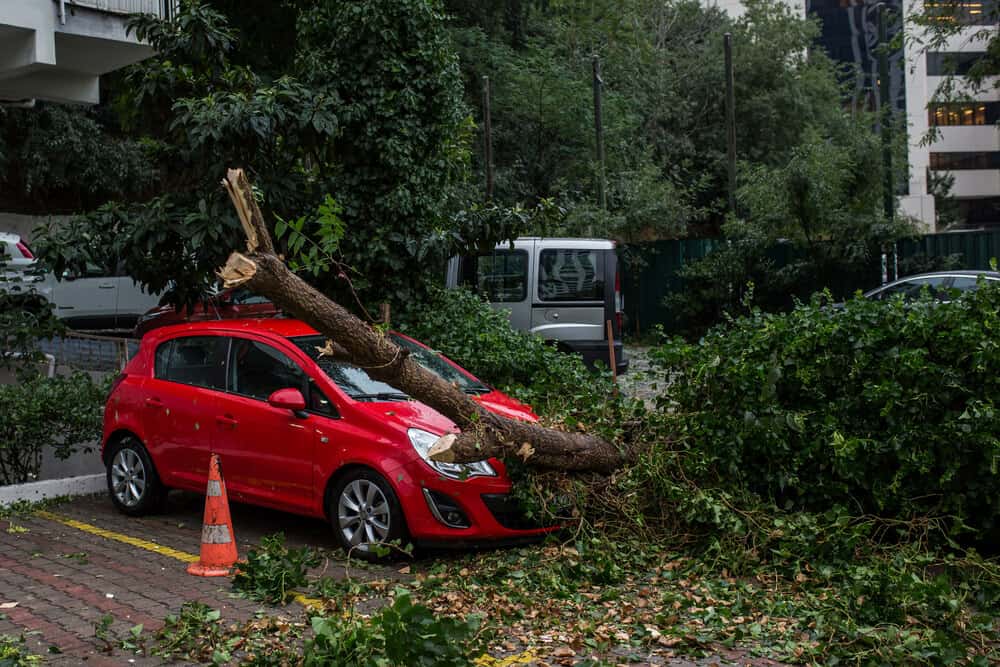
During an extreme thunderstorm, water isn’t the only threat you need to worry about. It’s also important to keep yourself safe from extreme lightning.
If at all possible, try to stay inside your car during the storm. Contrary to popular belief, your car is a very safe place to be when there is lightning all around. Just try to avoid touching metal things inside your car, and you’ll be fine.
However, be mindful of where your car is. If you are close to a tree, it may get struck by lightning and possibly fall on top of your vehicle. You’re better off taking your chances inside it in an open area than under a tree.
Driving Speed and High Winds
In Louisiana, you are likelier to encounter extreme winds rather than tornadoes. But do you know what to do when driving through high winds?
In these circumstances, your best bet is to drive slow. Winds can easily push cars in unexpected directions, so driving slower will keep you and other motorists safe. Because the wind can easily change your speed and/or heading, driving too fast during severe weather may easily lead to an accident.
Car Insurance in Louisiana
Now you know how to drive through severe weather and floods in Louisiana safely. But do you know where to get the insurance coverage you need?
We offer the insurance you need at the rates you deserve. To get started, you can get a quote online, visit us at your nearest local office, or call us at 800-420-3712!
